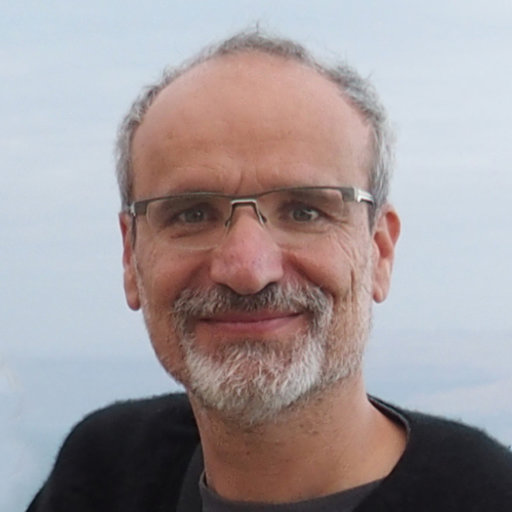You can now get a better knowledge on one of our speakers to the upcoming 15th NYRA Meeting in Caux (June 17th – 18th) through this ´tête-à-tête´.
Prof. Christophe Arnoult obtained his PhD at the University of Grenoble Alpes where he is currently a head researcher at the Institute of Advanced Biosciences INSERM&CNRS (IAB). In addition to his work as head researcher and group leader, he is research director at the French National Centre for Scientific Research (CNRS).
His research focuses on genetics and epigenetics of the male and female infertility, and characterization of genetic causes for infertility. Beside these topics, his research team investigates the cellular roles of sperm-specific proteins and the molecular pathogenesis of these proteins. The main goal of his research is to propose improvements or alternative therapies in the field of male infertility and thereby change the assisted reproductive technologies. Read more about this research, publications and research team here: https://iab.univ-grenoble-alpes.fr/node/188/departement-environnement-reproduction-infections-cancer/equipe-arnoult-ray-genetique-epigenetique-et-therapies-l-infertilite
When and why did you decide to work in the field of reproductive biology?
Frankly, by chance, I trained as a veterinarian, but I wasn’t really interested in caring for pets. I found a laboratory working on the measurement of ionic currents in gametes using the patch-clamp technique, and their study model was the ascidian. Honestly, when I arrived at the lab, I’d never heard of ascidian, let alone patch-clamp! I think it was the challenge of the novelty that attracted me. My career in reproductive biology was launched.
As a researcher leading a research team in the field of male reproduction, how do you think that new genetic research will improve therapies for male infertility in the short and long term? And how close do you think we are to their application in the clinics?
Most failures in assisted reproduction techniques are due to the poor quality of gametes, particularly spermatozoa. Ten percent of the genome is used specifically to make sperm, and this greatly increases the risk of failure during spermatogenesis. Studies into the genetics of infertility are central to our understanding of this issue; they highlight the relationships between male infertility and genetic mutations. My team is working on the restoration of spermatogenesis deficiency due to monogenic causes, and our results in mice are very encouraging. Our next objective is to carry out studies in primates. Competition in this field of research is fierce, and I’m convinced that within the next decade, the first clinical trials will be carried out in humans.
Could you name a moment of failure (and which lesson did you learn from it)?
That’s a tough question, because there are so many of them! When I was working in the U.S., I identified a specific regulation on spermatogenic cells’ ion channel. I hadn’t managed to complete the work in the US, and I wanted to resume it in France on my return. Unfortunately, I was never able to do so, as this regulation no longer existed on the mice I was working on in France, which was slightly different. What I learned from this experience was the fragility of the mouse model and that many fine regulations are strain dependent.
What was the greatest success in your career?
I always find it hard to talk about my successes, because I think that in science, success is a team effort. And the most important point is the people you work with: life’s encounters will shape the way you think, and the way you approach scientific questions. My greatest successes are the fantastic people I’ve met in my career, like my post-doc supervisor Harvey Florman, the world specialist in phospholipase A2, Gérard Lambeau, or brilliant students like Guillaume Martinez. My successes are also their successes.
Which advice would you give to young researchers?
Choose your collaborators with the utmost care.
Don’t let opportunities pass you by, even if they seem risky.
Believe in your lucky star, never give up.

